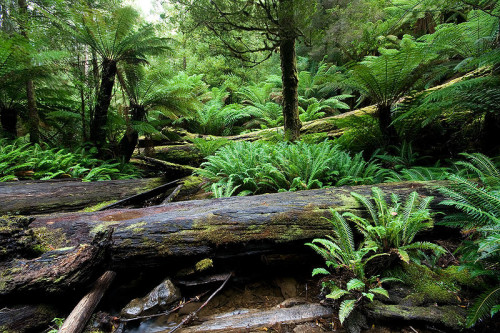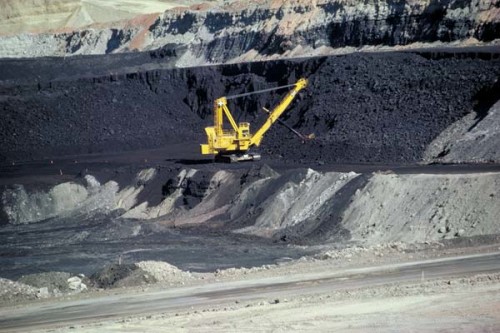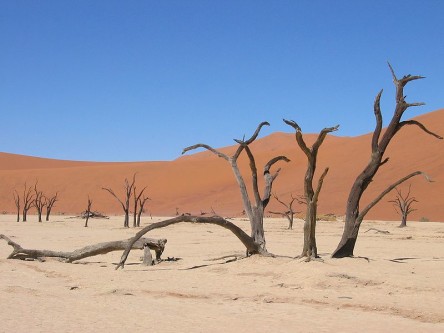The Age of Wood… or When Lignin Ruled the Earth

The other day a friend on Google+ posted on how cool it would be if we could grow carbon fiber stuff out of the atmosphere “since we have all of this additional carbon (dioxide) in the atmosphere”. I jokingly replied “We used to have an elementary form of this, it was called wood” another friend added in the “Only then runaway construction nanites will use too much, CO2 will fall below the tipping point, global cooling will strike and we’ll have a mass vegetation die-off.” However, they aren’t far from what may have actually happened around 350 million years ago…
Most of us know about coal, the transformed remains of ancient forests from prehistoric times. What isn’t always well-known is that while the process continues in a form today, it occurs at a far-reduced rate for a variety of reasons.
One of the major ones is that today there are numerous biological activities that break down the organic matter that made up a great deal of those early coal-creating plants. The apparent lack of many of these activities may be the reason for the massive coal beds of the Carboniferous period.
 This age was witness to the rise of bark-bearing trees and the organic polymer known as lignin. Along with cellulose, lignin is the most abundant organic polymer on Earth. Together they allowed the plants of the period to grow higher and larger than those of previous eras. They were the “carbon fibers” of their age. This is the part that gets me… apparently very few things at the time could digest this stuff. Kind of like the run away “gray goo” of nannite science fiction.
This age was witness to the rise of bark-bearing trees and the organic polymer known as lignin. Along with cellulose, lignin is the most abundant organic polymer on Earth. Together they allowed the plants of the period to grow higher and larger than those of previous eras. They were the “carbon fibers” of their age. This is the part that gets me… apparently very few things at the time could digest this stuff. Kind of like the run away “gray goo” of nannite science fiction.
So as these undigestable trees died, they sank in the warm, moist earth with far less of the decomposition present in modern forests and swamps. There they lay, to be compressed and transformed by geological processes into the Earth’s great coal deposits.
 Just like our current reversal of this process (with dangerous rises in CO2) this situation was not sustainable. The end of the Carboniferous period saw large scale extinction events on both land and in the seas. Coupled with climate change or perhaps caused by it, the world suffered the abrupt devastation of the tropical forests that marked the age.
Just like our current reversal of this process (with dangerous rises in CO2) this situation was not sustainable. The end of the Carboniferous period saw large scale extinction events on both land and in the seas. Coupled with climate change or perhaps caused by it, the world suffered the abrupt devastation of the tropical forests that marked the age.
Today, many forms of life have found ways to decompose the novel product of those Carboniferous trees so the great coal-forming age will probably never occur again.
I wonder what novel material the planet will transform the bulk humanity’s undigestable refuse (plastic comes to mind) into for future life to wonder upon? 🙂




















